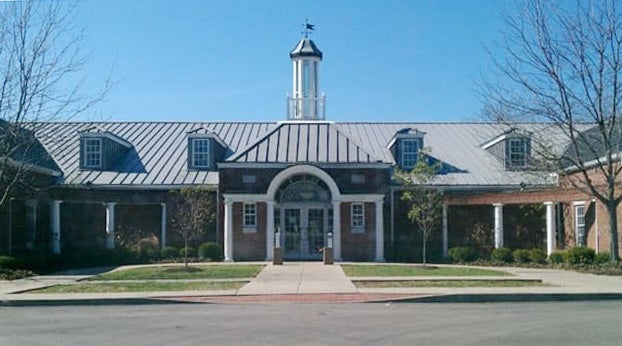WITT: Some facts about Kentucky governors
Published 6:00 pm Monday, March 30, 2020
|
Getting your Trinity Audio player ready...
|
Andy Beshear is listed as the 63rd governor of Kentucky, although, in fact, only 57 individuals have actually served in the office.
The variation is due partially to the fact that three men served separated terms, Isaac Shelby 1792-1796 and 1812-1817, John Helm 1850-1851 and 1867-1867 (he died in office), and Happy Chandler 1935-1939 and 1955-1959.
The first nine governors claimed party affiliation of Democratic-Republican. Following these came a National Republican, Thomas Metcalfe, followed by John Breathitt, a Democrat, and then James Morehead, another National Republican.
During Morehead’s term, the National Republican party changed to the Whig party in 1834, which dominated the governor race for the next six governors.
The last Whig elected governor was John Helm, who served only a little more than a year.
Beginning in 1851, Democrats dominated the governorship through 11 terms, until 1895 when Republican William Bradley was elected.
Since that time, the party controlling the governors’ position has regularly shifted between Democrat and Republican.
Five Kentucky governors died while in office. Seven resigned, most often to accept an appointment to a higher office, the most recent being Wendell Ford, who was appointed to the U.S. Senate in 1974.
The office of lieutenant governor was not created until 1799 in the Kentucky Constitution. Fifteen men and one woman (Martha Layne Collins, the only woman elected Kentucky governor thus far) who served as lieutenant governor were subsequently elected as governor.
William S. Taylor (R), elected in 1899, was removed from office when the legislature challenged the validity of his win, claiming ballot fraud. The man who ran against Taylor, William Goebel, was shot on Jan. 30, 1900, but was named governor by the legislature and sworn in the next day although he died three days later.
John Marshall, elected lieutenant governor with Taylor, was denied the office for the same reasons for which Taylor was turned out.
Following Goebel’s death, J.C.W. Beckham, who had been named lieutenant governor to Goebel, assumed the office of governor. Beckham was the second governor to serve more than four years because he had risen to the office without election and was thus eligible to be elected once.
Oddly, the second governor, James Garrard (1796-1804), served eight years apparently because the constitution did not specifically prohibit a governor from seeking re-election at that time.
In 1992, the Kentucky constitution was changed to allow governors to succeed themselves for one additional term, and Paul Patton was the first governor to be elected to a successive term under the new law.
Of the four governors who have been elected since 1992 (not counting Andy Beshear), the two Republicans were elected only once, both Democrats elected to a second term.
The last Kentucky county, McCreary, was formed in 1912 so it’s possible that some 16 counties were named after governors who served prior to that date.
James Clark, who served as governor from 1836-1839 served too late to lend his name to Clark County, which was formed in 1792 and named after George Rogers Clark.
Footnote: the Kentucky constitution of 1891 (that crazy document which still governs the state) set terms for creating new counties, to wit: cannot be less than 400 square miles nor reduce another county to less than that figure, must have a population of at least 12,000 and cannot reduce another county to a population less than that, and cannot create a county boundary line that passes within 10 miles of an existing county seat.
Good thing that last rule didn’t apply when virtually all the other counties were created.
Chuck Witt is a retired architect and a lifelong resident of Winchester. He can be reached at chuck740@bellsouth.net.





